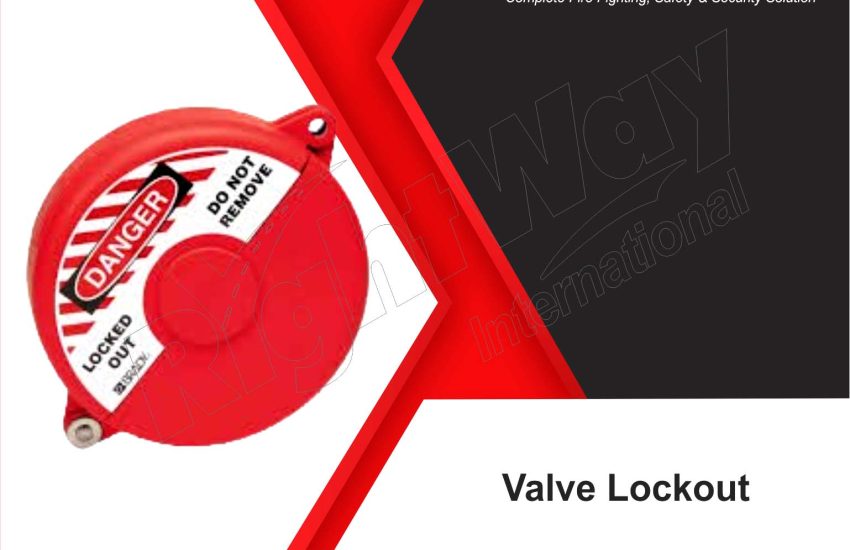In industrial settings, safety is paramount. One essential safety measure is the use of valve lockout devices, which prevent the accidental operation of valves during maintenance or repair work. This article explores the significance of valve lockout, its applications, and key considerations for choosing the right device.
What is Valve Lockout?
Valve lockout refers to the process of securing a valve in a closed or opened position to prevent unauthorized access or accidental operation. These devices are crucial for ensuring the safety of personnel working in environments such as chemical plants, oil refineries, and manufacturing facilities. By effectively locking out valves, companies can minimize risks associated with hazardous materials, pressurized systems, and machinery.
Benefits of Valve Lockout
- Enhanced Safety: The primary benefit of valve lockout is the increased safety it provides. By preventing unexpected valve operation, we protect workers from potential injuries and exposure to dangerous substances.”
- For the second sentence:
- “Strict safety regulations govern many industries. Implementing a valve lockout program helps organizations comply with Occupational Safety and Health Administration (OSHA) standards and other regulatory requirements.
- Operational Efficiency: Proper lockout procedures can prevent accidents that lead to downtime. Ensuring that valves are securely locked during maintenance allows for a smoother workflow and reduces the likelihood of costly disruptions.
- Liability Reduction: By prioritizing safety through valve lockout, organizations can reduce their liability in the event of an accident. This proactive approach demonstrates a commitment to employee well-being and can lead to lower insurance premiums.
Types of Valve Lockout Devices
When selecting a valve lockout device, it’s essential to choose the right type based on the specific application. Here are some common types:
- Ball Valve Lock: Designed to fit over the handle of a ball valve, this device prevents the valve from being turned. It’s a simple yet effective solution for ensuring that ball valves remain in their intended position.
- Gate Valve Lock: These devices typically fit around the valve wheel and lock it in place, preventing it from being opened or closed. They are especially useful for larger valves in industrial settings.
- Butterfly Valve Lock: This type of lock device is specifically designed for butterfly valves, which have a disc that rotates to control flow. The lock device secures the valve in the desired position.
- Custom Lockout Solutions: Depending on the complexity of the system, some facilities may require custom lock solutions to address unique valve configurations or safety concerns.
Best Practices for Implementing Valve Lockout
- Conduct a Risk Assessment: Before implementing a valve lock program, perform a thorough risk assessment to identify potential hazards associated with valve operation.
- Train all employees on lock/tagout (LOTO) procedures, ensuring they know how to use lock devices properly and understand the importance of valve locks.
- Develop Clear Procedures: Establish clear lockout procedures that outline the steps to take before, during, and after maintenance activities. Verify that you lock out all relevant valves.”
- This maintains the active voice while clarifying the responsibility.”
- “Regularly inspect lockout devices and procedures to ensure personnel follow them correctly.”
- (Note: The second sentence was already fairly active, but you could also phrase it as “Ensure that personnel regularly inspect lockout devices and procedures. This will help identify any areas for improvement and maintain a culture of safety.
Conclusion
Implementing a robust valve lock program is essential for maintaining safety and compliance in industrial environments. By understanding the types of lockout devices available and adhering to best practices, organizations can protect their employees and reduce the risk of accidents. Prioritizing valve lock not only enhances workplace safety but also fosters a culture of responsibility and care within the organization.


